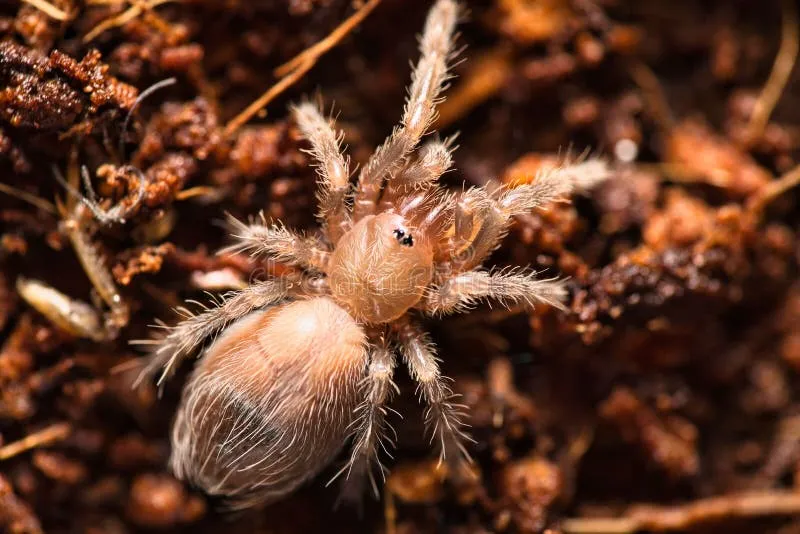What is a Baby Tarantula
A baby tarantula, often referred to as a spiderling, is a juvenile tarantula that has hatched from an egg sac. These tiny arachnids are miniature versions of their adult counterparts, possessing all the basic characteristics of a tarantula but on a much smaller scale. They are delicate and require specialized care to ensure their survival and healthy development. Understanding what constitutes a baby tarantula is the first step in providing the appropriate environment and nurturing for these fascinating creatures. The term ‘baby tarantula’ generally applies from the time they emerge from the egg sac until they reach a certain size and stage of development, which varies depending on the tarantula species.
Defining Baby Tarantulas
Defining a baby tarantula involves understanding its life cycle stage and its key features. Baby tarantulas are essentially the post-embryonic stage of the tarantula’s life, having undergone their first molt. They are usually pale and their exoskeletons are soft. Their size can range from a few millimeters to just over a centimeter, depending on the species. Baby tarantulas are incredibly vulnerable and require a high degree of humidity and a carefully controlled environment to thrive. They are dependent on their initial molts to develop the vibrant colors and robust features of adult tarantulas. Therefore, the definition is linked to both size and developmental stage, and it is crucial to understand this for proper care.
Size and Appearance
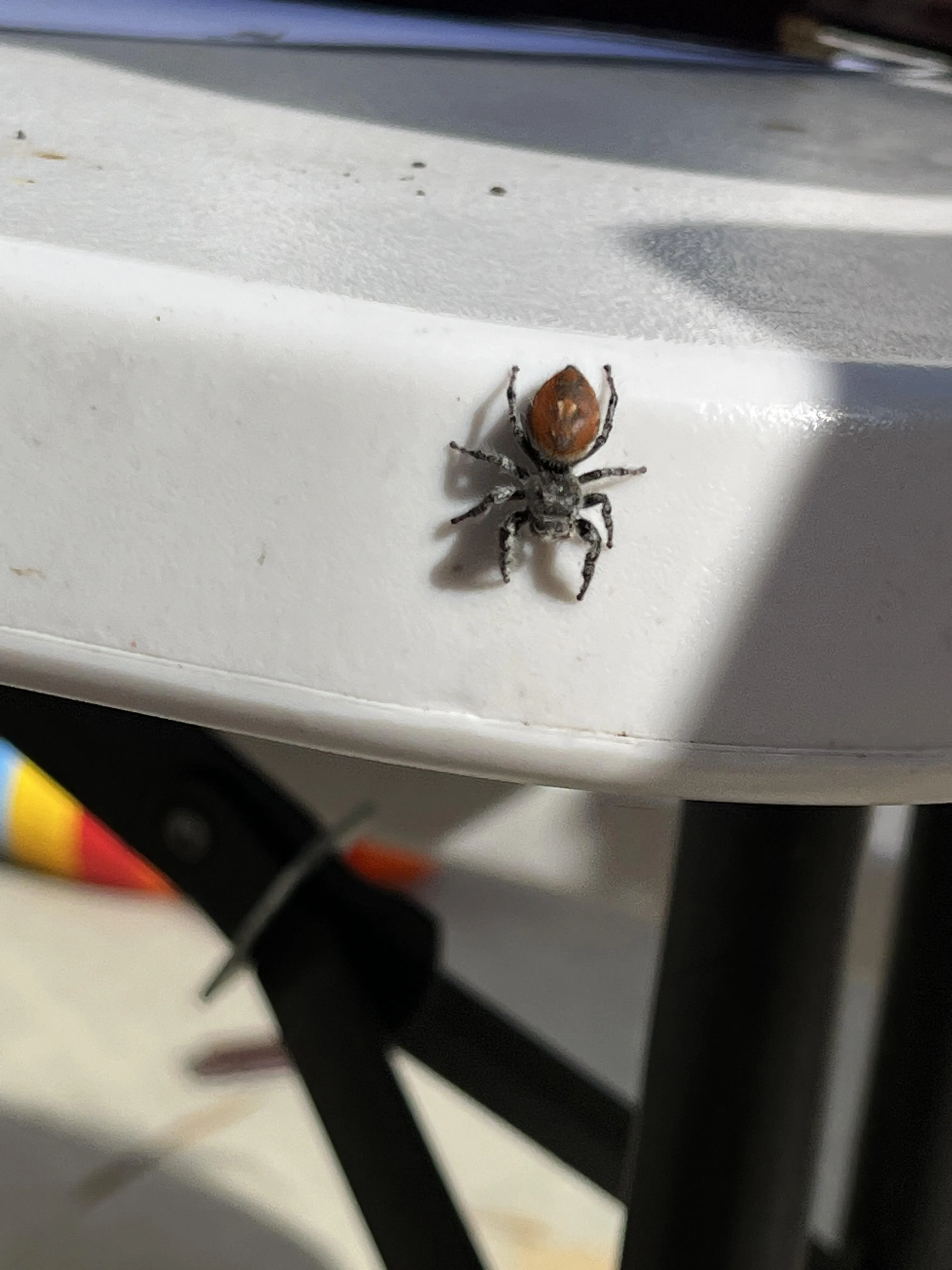
Baby tarantulas display a range of sizes and appearances depending on the species. Generally, their size at emergence is very small, often just a few millimeters across the body. Their appearance is markedly different from adult tarantulas, with softer exoskeletons and lighter coloration. The coloring gradually darkens and intensifies with each molt. Some species exhibit subtle patterns from the start, while others develop their full colors and markings later in life. Close observation of a baby tarantula reveals intricate details of its developing anatomy. These details include tiny fangs (chelicerae), delicate spinnerets, and the initial set of hairs (setae), all of which are essential for survival and growth.
How Baby Tarantulas are Born
The birth of baby tarantulas is a fascinating process that begins with the female laying eggs and ends with spiderlings emerging from the egg sac. It is a complex sequence of events that requires specific environmental conditions and parental care. The entire process, from egg laying to spiderling emergence, is a delicate phase, influenced significantly by temperature, humidity, and the overall health of the mother tarantula. Successfully navigating the breeding process is critical for maintaining healthy populations of these arachnids. The breeding process is a testament to the resilience and the complexity of tarantulas.
The Breeding Process
The breeding process involves several stages, starting with mating. The male tarantula courts the female, often with elaborate displays. After mating, the female will lay her eggs, which she then encases in an egg sac made of silk. This sac is carefully constructed and provides protection and a stable environment for the developing eggs. The female typically guards the egg sac fiercely, ensuring optimal conditions for the eggs to hatch. The duration of the incubation period varies depending on the species, but it can range from a few weeks to several months. The female’s behavior and diligence in guarding the sac are critical to the survival of the eggs and, subsequently, the baby tarantulas.
Egg Sacs and Spiderlings
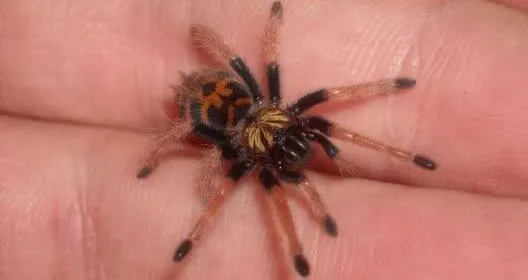
The egg sac is a vital protective structure for developing tarantula eggs. The size and appearance of the egg sac vary among different species, but it consistently serves as a safe, controlled environment. Inside the egg sac, the eggs develop into spiderlings, undergoing their first molts. The female tarantula’s role in protecting the egg sac is crucial, as she maintains the necessary humidity and temperature levels, and defends it from predators. Once the spiderlings are ready, they emerge from the egg sac and are then considered baby tarantulas. The spiderlings are miniature versions of the adults, but they are vulnerable and need appropriate care to survive.
Baby Tarantula Growth and Development
The growth and development of baby tarantulas is a transformative process, marked by molting. Each molt is a critical event, as the tarantula sheds its exoskeleton to allow for growth. The process is a delicate period when the baby tarantula is vulnerable. The development of baby tarantulas involves several molts, each advancing the tarantula toward its adult form. Understanding the stages of growth and the molting process is essential for providing optimal care and ensuring their survival and healthy development. The juvenile phase is marked by significant changes in size, color, and behavior.
Molting Process
Molting is a crucial part of the baby tarantula’s growth cycle. Before molting, the tarantula stops eating and becomes inactive. The process involves the tarantula shedding its old exoskeleton to reveal a new, larger one beneath. This process makes the baby tarantula incredibly vulnerable, and any disturbance can be fatal. After molting, the new exoskeleton is soft and the tarantula needs time to harden. Humidity is important during molting, to ensure that the old exoskeleton comes off completely. The frequency of molting decreases as the tarantula matures, but each molt signifies growth and development.
Growth Stages
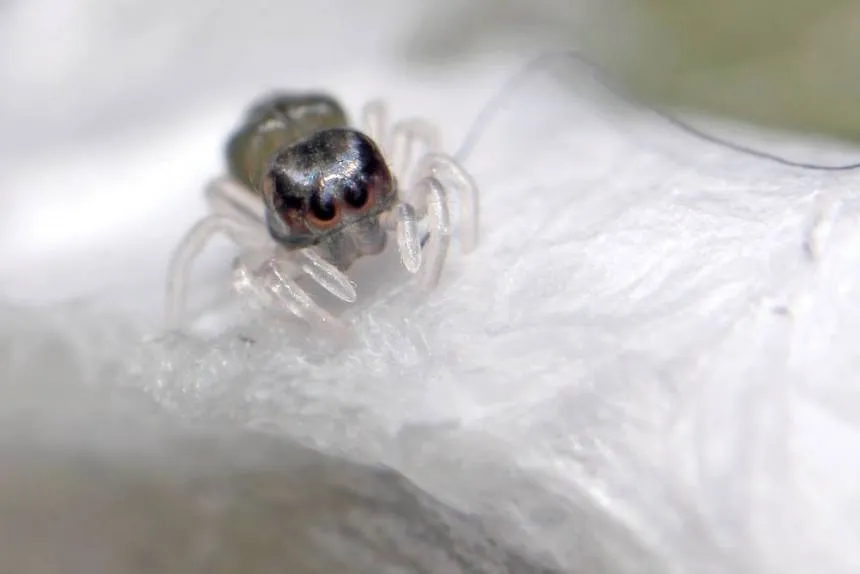
Baby tarantulas go through various growth stages marked by molting. The number of molts varies depending on the species, but each one represents a step toward adulthood. With each molt, the tarantula increases in size, and its coloration and features become more defined. The time between molts can vary depending on the species and environmental conditions, such as temperature and food availability. Careful observation of the baby tarantula’s molting behavior and growth stages is critical for providing the appropriate care, which includes appropriate housing, feeding, and maintaining the necessary humidity levels. The juvenile tarantula transitions into the sub-adult phase as it matures.
Caring for a Baby Tarantula
Caring for a baby tarantula involves a unique set of considerations compared to adult tarantulas. Baby tarantulas have specific needs in terms of housing, feeding, and handling. Creating the right environment, which includes maintaining appropriate humidity and temperature, is vital for their survival. Their small size and vulnerability require a more attentive approach to their care. Providing the right care includes protecting them from environmental hazards and ensuring that all of their needs are met. Successfully rearing a baby tarantula is a rewarding experience, offering a fascinating glimpse into the early life of these creatures.
Housing Requirements
Housing a baby tarantula requires a small, secure enclosure. A clear plastic container with a secure lid is usually sufficient. The enclosure should be appropriately sized, allowing the tarantula enough space to move around without being too large, which can make it difficult to find food. The enclosure must be well-ventilated. Substrate, such as slightly dampened coconut fiber or peat moss, should be used to maintain humidity. The enclosure should include a hide, such as a small piece of cork bark, for the baby tarantula to feel safe. Regularly monitor and maintain the humidity levels inside the enclosure to promote healthy molting.
Feeding and Hydration
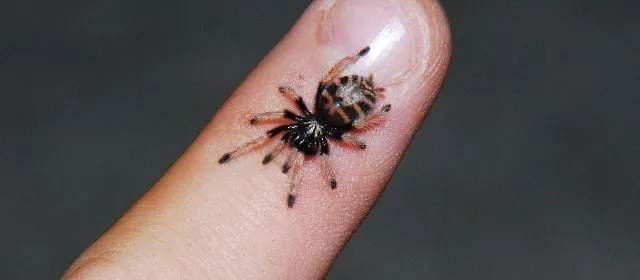
Baby tarantulas require a regular diet of small, live insects, such as flightless fruit flies or pinhead crickets. The size of the prey should be appropriate for the tarantula to handle easily. Feeding frequency is typically every one to three days, depending on the species and the tarantula’s size. Always provide a shallow water dish with a small amount of water, or mist the enclosure daily to ensure hydration. Remove uneaten food promptly to prevent the growth of mold or mites. Monitor the baby tarantula’s feeding habits to ensure it is eating well and adjusting the diet as needed.
Handling and Safety
Handling baby tarantulas should be kept to a minimum, as they are fragile and prone to injury. If handling is necessary, do so gently and close to a soft surface to prevent any accidental falls. Baby tarantulas can bite, although their fangs are small. Be aware of potential allergic reactions. Always wash your hands before and after handling. Regular and careful observation of the tarantula, its behavior, and its overall condition is essential for its well-being. The focus should be on providing a safe and stress-free environment to allow the tarantula to thrive.
Baby Tarantula Diet
The diet of a baby tarantula is crucial for its growth and development. The correct diet provides the necessary nutrients for molting, growth, and overall health. The selection of prey, the feeding frequency, and the size of the prey are all vital elements. Baby tarantulas are voracious eaters, and their diet plays a significant role in their survival and growth rate. It is important to vary the diet and provide high-quality live food to keep the tarantula healthy.
Prey Selection
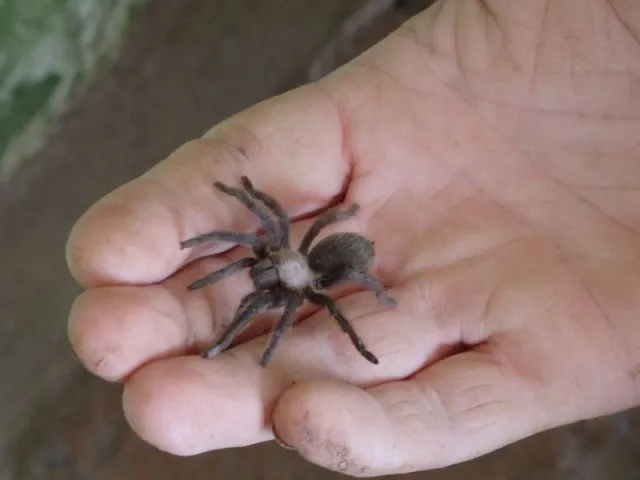
Appropriate prey for baby tarantulas includes small, live insects such as flightless fruit flies, pinhead crickets, and small mealworms. The prey should be small enough for the tarantula to handle and consume easily. The type of prey can be varied to provide a balanced diet. Ensure that the prey insects are gut-loaded before feeding them to the tarantula. Gut-loading involves feeding the insects nutritious foods to enhance their nutritional value. Avoid feeding the tarantula prey that are too large or could potentially harm it. Regularly assess the size and type of prey based on the tarantula’s growth and development.
Feeding Frequency
The feeding frequency for baby tarantulas typically ranges from every one to three days. Young spiderlings with a rapid growth rate may need to be fed more often. As the tarantula molts and grows, adjust the feeding schedule. Observe the tarantula’s abdomen; if it appears plump, the feeding frequency may be reduced. Always remove any uneaten prey within 24 hours to prevent the buildup of waste. Adjusting the feeding schedule based on the species, size, and growth stage is essential to maintain optimal health. Consistent monitoring of the baby tarantula’s eating habits and growth rate will ensure it is properly nourished.
Interesting Facts About Baby Tarantulas
Baby tarantulas are fascinating creatures, full of unique behaviors and characteristics. Learning about these aspects enriches the experience of raising them. Discovering their behaviors and understanding their role in their ecosystems provides an appreciation for these often-misunderstood arachnids. The more one learns about them, the more engaging and rewarding the experience becomes. From the specific traits to the threats they face, baby tarantulas have much to offer the curious observer.
Unique Behaviors
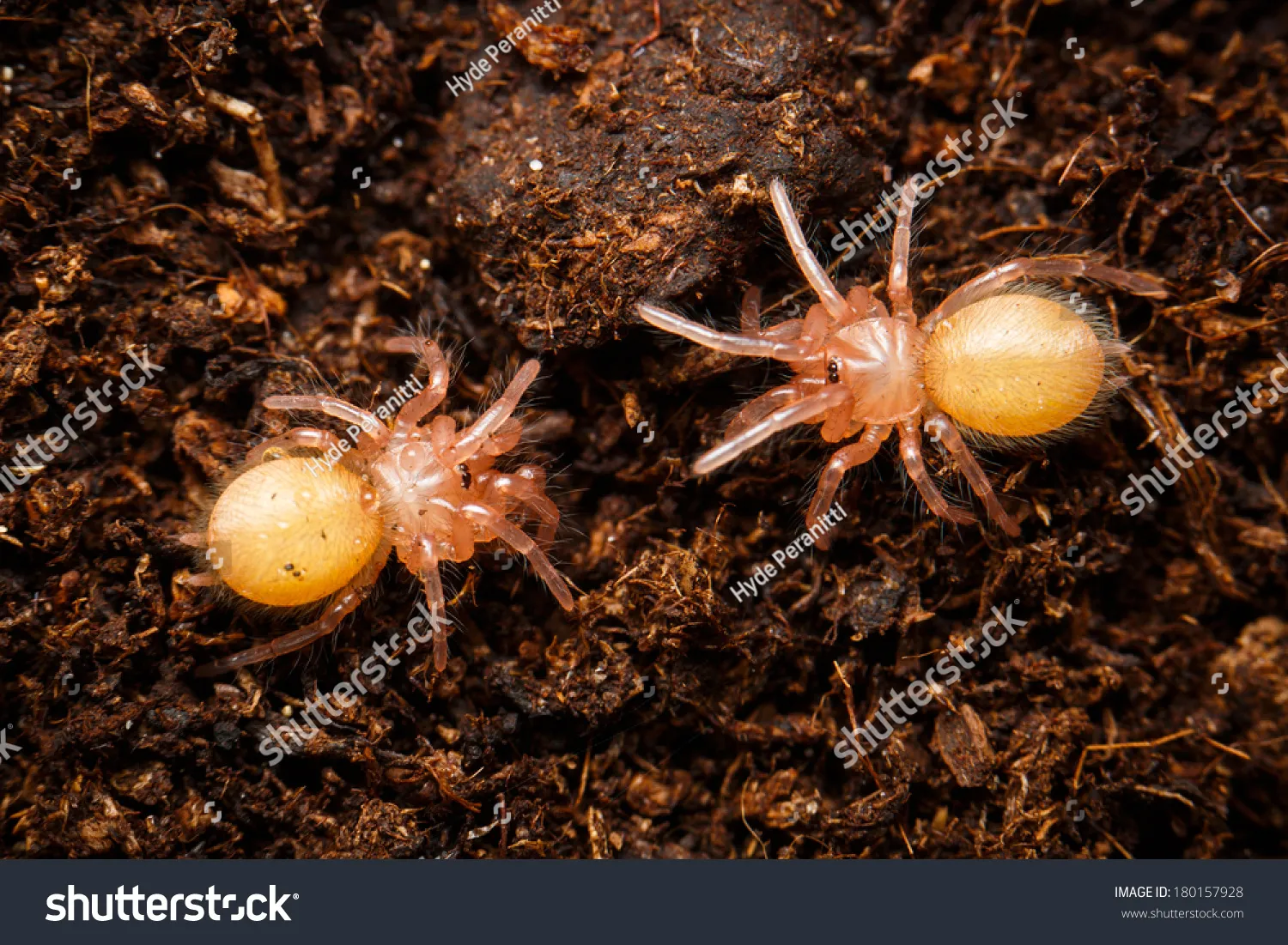
Baby tarantulas exhibit several unique behaviors. They are masters of camouflage, often blending in with their environment to avoid predators. Their hunting strategies involve waiting in ambush and pouncing on prey with incredible speed. Baby tarantulas, particularly those of arboreal species, will create silken retreats for added protection. They also exhibit defensive behaviors, such as raising their front legs, flicking urticating hairs (if applicable), and sometimes attempting to bite, though it’s uncommon. These behaviors are a part of their natural survival strategies and demonstrate their adaptation to their environment.
Predators and Threats
Baby tarantulas face numerous predators and threats in the wild and sometimes in captivity. Predators include larger spiders, birds, reptiles, and mammals. They are also vulnerable to environmental factors, such as changes in temperature and humidity. Diseases and parasites can also pose threats. In captivity, ensuring a safe environment by providing proper housing, diet, and temperature control will minimize these risks. Vigilance in observing a baby tarantula’s health and behavior is critical for identifying potential threats and addressing them promptly.
